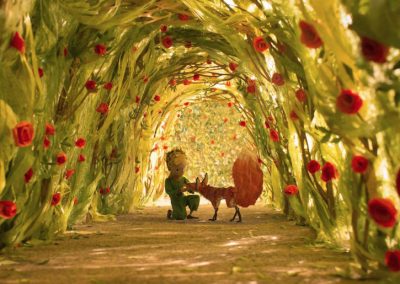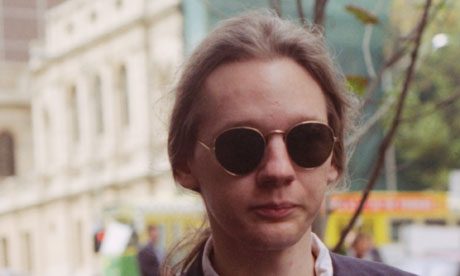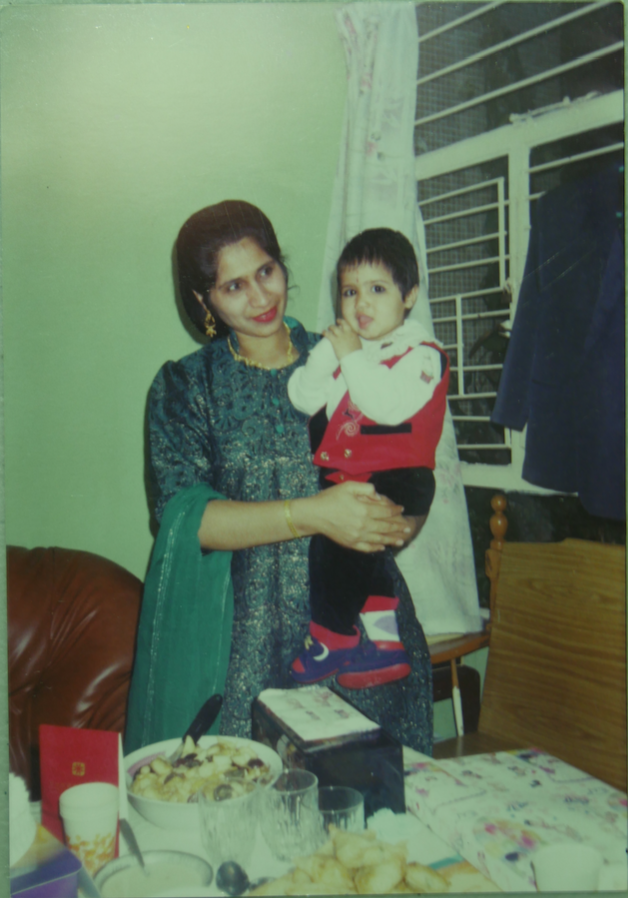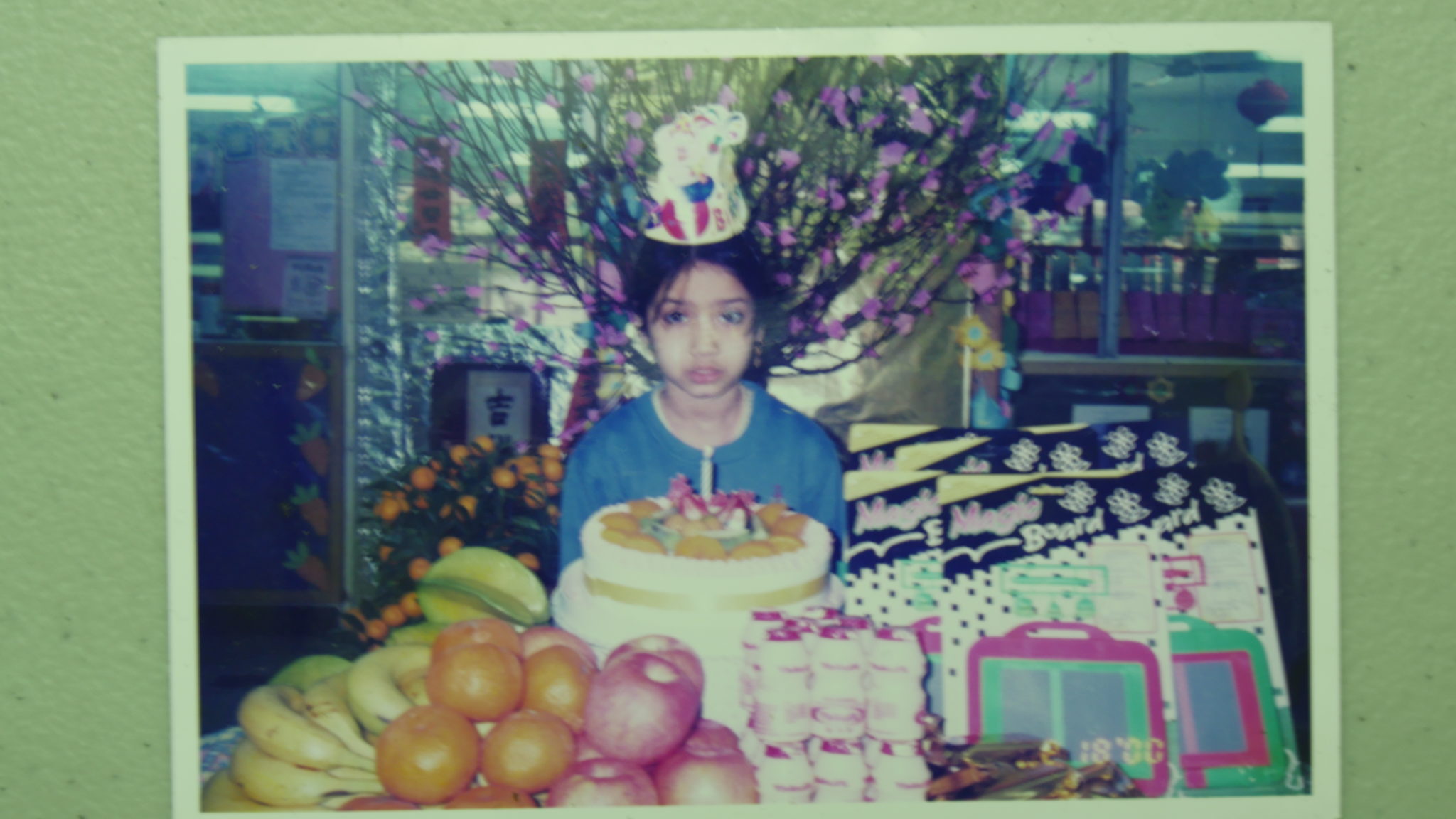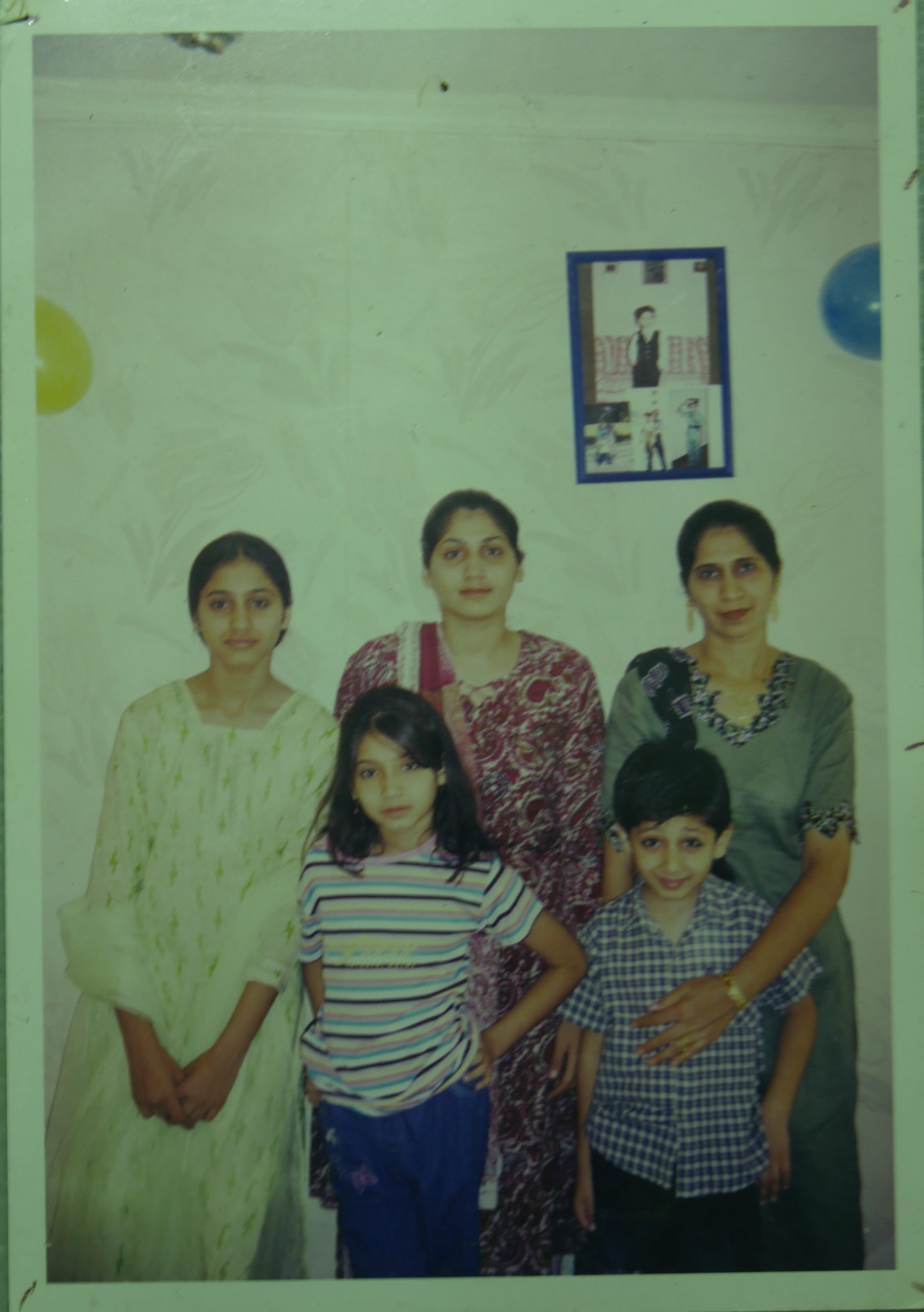Welcome to the South asian voices project.
This site is about exploring the unique stripes of cultures, experiences and personalities that make up Hong Kong’s South Asian community. Quite simply, it’s about stories.
As a personal disclaimer, we wish to say that each person shown on this site represents themselves. They participate because they are confident in their strong character and stories that shaped it. They don’t represent the entirety of their communities, they are just glimpses into it each.
Without further adieu, please enjoy the stories we are about to tell. Start with any person you like. Now it is your story too.
The tailor
Those that lived through 1948 in South Asia remember the year as traumatic and jarring when India won independence from the British.What came of it was the Partition of India and Pakistan (West and East), inter-communal violent conflicts carried on for months. Manu Melwani was born around the same time in Hyderabad, then West Pakistan but has no memory of the crisis.During the 1948 independence movement, Melwani and his family fled to Bombay (India) in a mass cross-migration – Hindus to India, Muslims to Pakistan. But they didn’t stay in India for too long.Manu’s father realized there wasn’t much to do in Bombay so, in 1951, the Melwani Family sailed across to Hong Kong. Manu was 11 years old.
“It’s like we were in a fishing village, a small area. There was nothing, no high-rise buildings,” Manu recounts, describing his early memory of Hong Kong upon arrival on the shores of the Victoria Harbour.
Naraindas Melwani, Manu’s father wasted no time to start his first venture in a city unknown to him, culturally and economically. Given the thriving fishing industry, Naraindas first “started a fishing business”, guiding and providing local Chinese anglers a leg up in launching their businesses.Under the British colonial administration, Manu said that the British law helped set off the idea to run their own business in Hong Kong.Although Aberdeen and Causeway Bay were fishing villages scattered with “small stones”, local Chinese dwellers started to turn away from the fishing industry and took part in international trading in various fields of production, notably, tailoring.“When we came to Hong Kong we had nothing. With Britain’s support, we were able to open our business. Sergeant majors and officers became our friends and gave us ideas on how to begin a business,” Manu said.In 1957, Naraindas established the critically acclaimed Sam’s Tailor, known worldwide to celebrities and politicians, even the Royal Family.
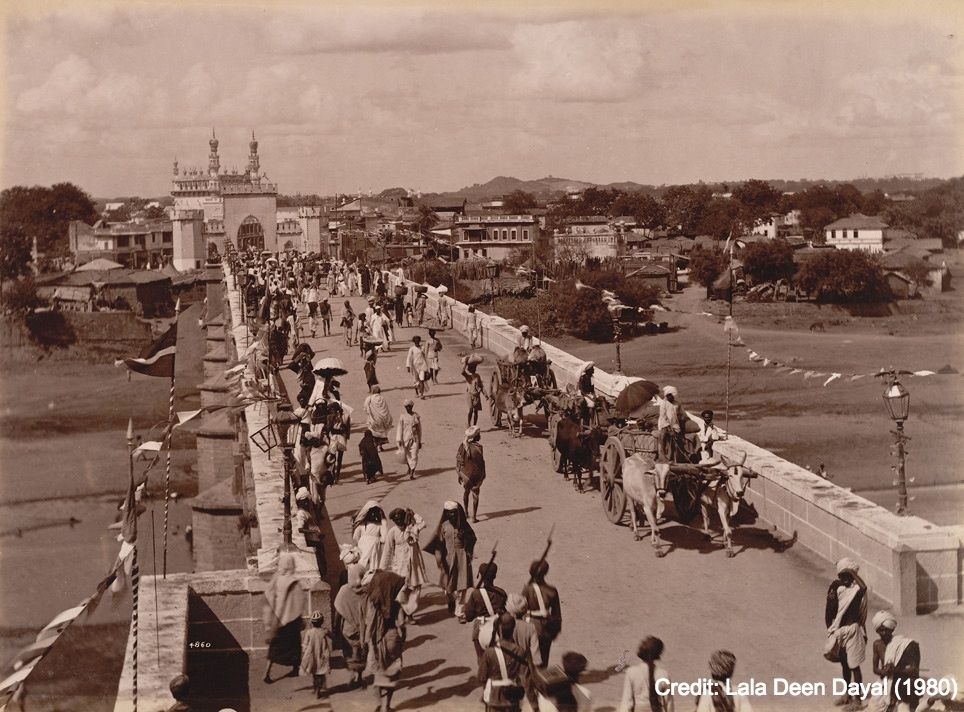
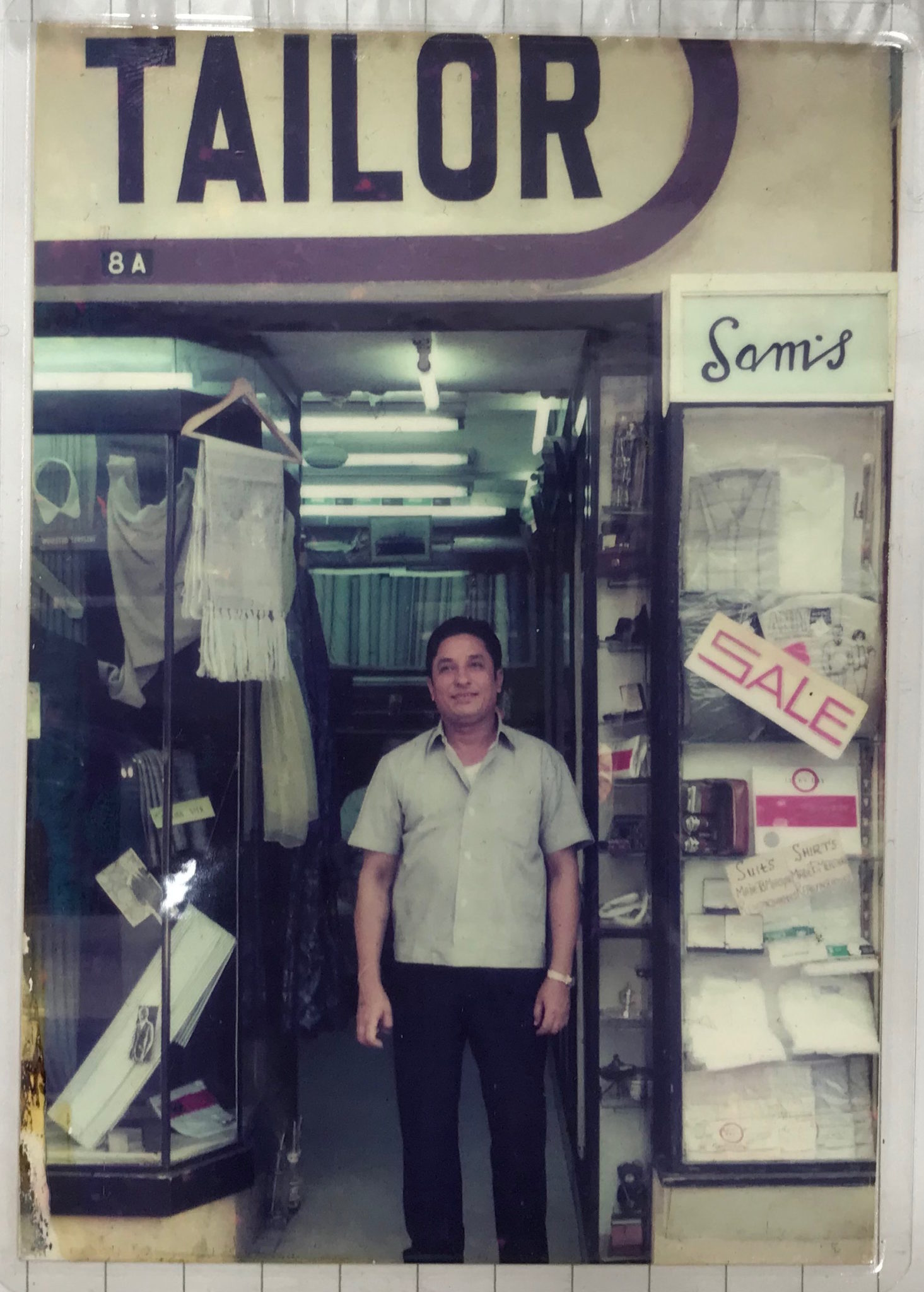
“The Sergeant-Majors, officers, they told us, they were the ones who gave us all the ideas. How to begin the business. Otherwise, I would have had the idea of this tailoring business. And then by making the uniform, we got into the royal families. All the British royal family, I didn’t know it was the royal family. I didn’t know anything until they told me,” Manu said, smiling.
As the one-person-band business sprouted among British settlers, Manu’s life growing up in Hong Kong was unaffected by racial divisions. He went to local Chinese schools and picked up on new languages that were anything but a struggle.“I was with a lot of Chinese friends throughout my school life. I practiced by speaking in Cantonese with my friends all the time, while I learned English from my British teacher. They were all very good to me,” Manu said.As time passed, Sam’s Tailor was recognized by the iconic bespoke tailoring region of London at Savile Row. The Melwani’s family business opened a window of apprenticeship for Manu to work at Savile Row with renowned tailors.In 1975, British officials from Hong Kong encouraged young Manu to work as an apprentice in London.Manu said that he “had no idea what it meant to be an ‘apprentice’. Later I learned that I would need to work in the business under someone. And after a few years, they’ll teach you how these tailored suits are actually made.”
“Learn from them and you’ll become one of the best, well-known tailors in all of Hong Kong,” Manu recalled some army members telling him.
It wasn’t a paid opportunity, but for Manu, those 18 months at Saville Row was the gateway to meet high-profile clients and spread the word on Sam’s Tailor to all corners of the world that is still in existence today.

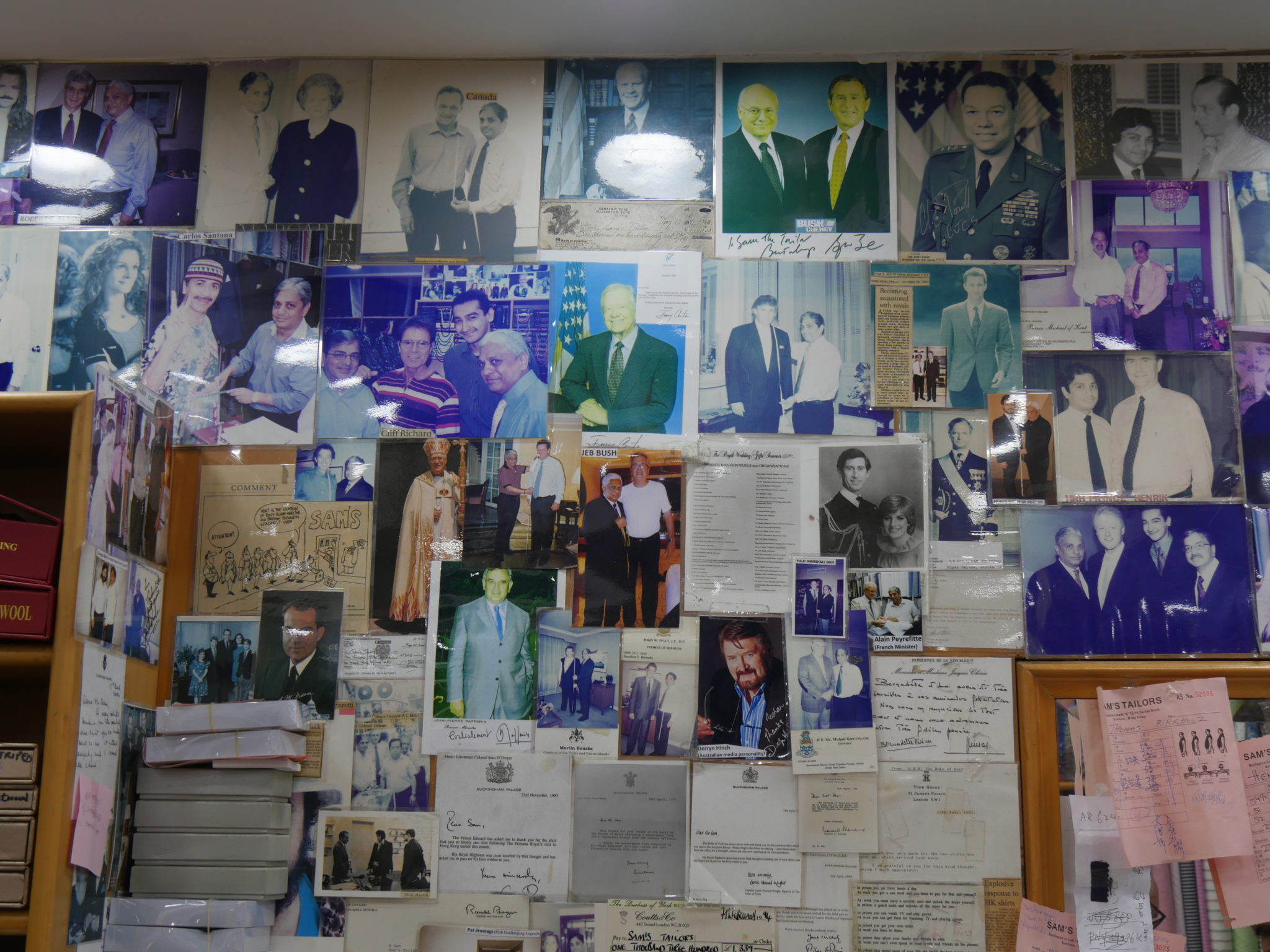
Having mastered the art of bespoke tailoring and spirit of entrepreneurship, Manu carried on the family business after his father’s passing in 1991. Ever since its founding not only has Manu preserved every nook and cranny of the store, but also the tailoring methods of production.
- To purchase and import raw garments from London/China (today 50% of the goods come from China).
- To provide the tailor with the materials and information on relevant fitting measurements. Most of their tailors are locals and don’t speak in English, translation is key.
- At a designated bespoke tailoring workshop, 57 machinists, pressers and tailors sew the suits for every order that flows in.
David Bowie, Naomi Campbell, Bill Clinton and hundreds of photographs are mounted on the walls of the Tsim Sha Tsui shop, tucked away inside Burlington Arcade. The store hasn’t been revamped for over 50 years.Manu holds onto a down-to-earth philosophy to remain true to his father’s legacy in every shape, way, and form. For Manu, Sam’s Tailor is his identity.
“There’s ready-made then there’s bespoke. Bespoke is handmade and personal, and computerizing such a business will alter its roots, Manu said. “This is who I am. People want to see me the way I am. Presidents and the Queen, they know Sam’s Tailor as it always was, looking just like this.”
Up close and personal makes Sam’s Tailor more palatable for people of all background, according to Manu. More importantly, equal treatment of customers drives home the core of the business.Like a doctor or lawyer, Manu practices a simple rule with his employees: to exercise equality and fairness with all clients. This is so people won’t steer away from their work ethic Sam’s Tailor is known for in the first place.
“They are coming to you because you are very good with your job and you understand what you’re making, not who you’re making it for”, Manu explained.
Around the late 1980s, current U.S President Donald Trump even got a suit made by Sam’s Tailor, an encounter Manu feels is unnecessary to disclose too much information about when asked by the media. “Every customer has his/her own thing, which I don’t talk about. It’s under the table and it doesn’t mean anything to anybody,” Manu said. Today, Manu’s son, Roshan Melwani also co-manages the business. The NYU class of ‘98 alumnus has been working alongside Manu for nearly 20 years, exhibiting 3 generations of hard work that has kept Sam’s Tailor afloat. “[Roshan] just wanted to come back, like I did when I was his age. He always wanted to study business and now he’s doing what he pursued in university,” Manu said. Proactively interacting with customers at the store and taking phone orders while running his hands on multicolored fabrics on the top shelf to pick the best material for the client waiting behind the desk, Manu keeps himself busy and satisfied with the robust growth of Sam’s Tailor. After all, the motto for the business was to always have a “great future ahead”.
“We know what we are standing for and our future is very good for the next seven years. It’s not going to fall down, we know it.”
THE GURKHA
Hong Kong’s history of mass migrations in the late 20th century happened in waves. Be it after the civil war in China post-WW2, as a result of the outbreak of the 1955 Vietnam War and South Asian arrivals who came for better economic opportunities at the end of the 90s.
Not one section of the government’s heritage website or history textbooks in schools highlights the over 40% of Nepalese soldiers making up the British army garrisoned in Hong Kong, calling this city a home for generations.
Khimdhing Ran Bahadur is just one of the former Gurkha soldiers pushing for visibility of veterans’ stories and families in existence today.
Bahadur was born in Taplejung, Eastern Nepal in 1962 and uncoincidentally his name means brave in English. Named by a local Hindu priest, Bahadur remembers that he wasn’t the first one in the family recruited into the British army.
“I decided to join my father’s regiment, the 10th Princess Mary’s Own Gurkha Rifles”, Bahadur said.
Bahadur joined the army at age 19 among 400 soldiers the British army searched for from east to west of Nepal to expand a regiment.
“We had to do some kind of examinations, like physical examinations, IQ test and more”, Bahadur describes. “Once that selection process is over, we gather in the central area called Dharan, a metropolitan city located in the east of Nepal.”
At the central recruitment facility, Bahadur and his friends underwent transformative changes of lifestyle namely, getting induction cuts, taking rigorous fitness classes and even producing short stories in English that went unquestioned by young recruits.
“I was happy, it was honest work. So I just did what we were told,” Bahadur said.
Bahadur and the boys were always occupied with time-constrained operations to complete in the same day but that didn’t help cover up their nostalgia from time to time. Even his close friends who never made it as a regiment trainee were truly missed.
“Some of my friends were very sad to not have been recruited into the army. Somehow they have to accept it and go home,” Bahadur said, with a solemn expression.
“At that moment, I couldn’t help but think of my loved ones. We lived and studied together all our lives. I could only think about my family, friends and hometown when the sun went down every day.”
Intermittently, Bahadur’s regiment was deployed to various countries for annual training periods for over a decade to places like:
The U.K., Brunei, Australia, Fiji, Papua New Guinea, Canada, Thailand, and South Korea.
In 1981, the main base of Bahadur’s first overseas training was established in Hong Kong and continued for 9 months. Upon arrival, he was stumped and had an outburst of questions about the city.
“I had no idea where I was. We arrived in Hong Kong via the plane and got on a military bus from the old Kai Tak airport. Every soldier knew they were here for a 9-month training exercise and there we were at the training depot in Sek Kong, New Territories,” Bahadur chronicled.
Bahadur was heartened by the training instructor’s compassion towards the Nepalese trainees’ longing for home by “acting as a parent”. For him, it helped the young Nepalese troopers subside their homesickness.
The British colonial army wasted no time recruiting the graduates to the 10th Gurkha Rifles regiment towards the end of 1981, appointing Bahadur as an official Gurkha soldier.
For 13 consecutive years, Bahadur served as a patrol guard along the Hong Kong-China border, wading through the struggles of being foreign in a Chinese-majority city.
“They used to arrive 4-5 in the morning and we would be around 100 meters away from the Hong Kong-China border,” Bahadur explains, as he uses his index fingers to estimate the distance between his regiment and China’s border.
There were a lot of illegal immigrants from China, we would catch around 30-60 trespassers each month.”
Aside from the critical border security work, the 10th Gurkha Rifles were also active as first responders in the reconstruction in the wake of natural disasters.
“Other work we also did was in emergency management after a typhoon or disaster event. We rebuilt infrastructures like temporary bridges and water pipelines,” Bahadur said.
Other than their day-to-day duties, Bahadur’s
The non-Chinese segment of the colonial army, in fact, couldn’t understand Chinese and locals couldn’t understand Nepalese.
To address that, Bahadur and his friends hopped from one shop and restaurant to another just to find an excuse to interact with local Chinese-speaking dwellers during recess.
Slowly but surely, they picked up on Chinese and in return, taught Nepalese to the locals they befriended.
“Later on, after doing that, we also learned some Chinese. And the Chinese also were able to speak some Nepalese, like ‘Namaste, how are you?’ And then we became closer”, Bahadur remarks.
That marked the beginning of a new intercultural friendship for Bahadur. In no time, he extended his hand in partnership by frequently participating in leisurely activities no one before
“During my [military] service on some occasions, we took part in culture-bridging activities. We played soccer and volleyball games, oh, the Nepalese loved to play volleyball,” Bahadur said.
“We connected with [the local Chinese community] through sports really well.”
Bahadur’s border control regiment sparked the tradition of playing a series of sports games.
He recollects strong competition between the Gurkhas and young Chinese players, where the Gurkhas would always take home the trophy in soccer and track events (or at least strive to).
One of the major soccer events of the year featured the Gurkhas as the frontrunners. Dubbed the Soccer Gurkha Cup, the Gurkha-led event gained traction among the wider Nepalese and Chinese communities.
The Miss Hong Kong pageant winner was invited at every closing ceremony to present the cup to the victors.
Bahadur “simply can’t forget those times. That was our favorite and happiest occasion during our Gurkha service in Hong Kong.”
On this day in history in 1951. RHQ 50 field Engineer Regiment Royal Engineers was raised in Hong Kong to command 67 and 68 Gurkha Field Squadrons RE. Some three years later renamed as Gurkha Royal Engineers. #HongKong #Gurkhas #NEPAL pic.twitter.com/39MHfauTaP
— Gurkha Brigade (@Gurkha_Brigade) April 13, 2018

THE INTERN
When the 1997 handover came into effect, Hong Kong turned 180 from a British colony into a semi-autonomous territory under China’s rule. Though many argue political governance is more or less the same since, except for the Basic Law coalescing British and Chinese rule of law, what prevailed is the term ‘ethnic minorities’ to segregate the non-Chinese immigrants from the Han Chinese. Most of the immigrants are qualified by the Hong Kong government as ‘economic migrants’, making up 15% of Hong Kong’s 7 million strong population.In reality, financial conditions for South Asian and Southeast Asian communities haven’t quite progressed. In fact, institutional support for racial minorities have long stagnated.Maria Malik, born to Pakistani parents in Hong Kong, went to a designated ethnic minority school and came out triumphant as an intern in the billion-dollar American fashion company, Ralph Lauren. But getting to this height took life-changing decisions for Maria, with the support of people profoundly special to her.“My teachers would always say: ‘You should go for an English degree’ because my English grades would help me get in’, said the 24-year-old graduate from Hong Kong Education University.
“When I got in, I didn’t know how to feel about it. Because it wasn’t something that I always wanted to. It was like a backup plan, because everyone that I knew who was a brown girl was on their way to becoming a teacher or was already a teacher.”
As a native-Hongkonger, Maria’s early education was spent in a local, Chinese environment, being one of the few Pakistani girls in kindergarten. From memory, Maria describes kids as young as 5 touching her skin out of curiosity to check whether her complexion changes the texture.“It’s just because they’re kids, they don’t know better. At the time, I felt bad because, well, I was just 6 years old. People saying your skin is rough would make you feel left out,” Maria said.Moving on to English-medium primary and secondary schools, neither was Maria a minority or picked on for her skin color. It’s worth mentioning that while the education system encouraged English in all classes, unlike her counterparts, Maria was more competent in Cantonese.
“You’d find me replying to all my teachers in Cantonese and I’d be the one translating for my teachers because kids only spoken Urdu or Hindi at the time,” said Maria, mapping out her Easy-A journey through primary school.
Up until high school, Maria came to be more interested in English Literature. Teachers heaped praises on her creative writing to which she responds “it just came to me”.In retrospect, Maria discovered her love for 400 pages worth of books across genres of fiction in the first grade. The avid reader was told by teachers prior to graduation that she ought to pursue a degree in pedagogy or English. It wasn’t what she had in mind, but it was a general consensus among influential people around her that factored into her degree of choice After 5 whole years of studying to become a teacher, Maria withdrew from the job altogether.
“When I graduated I started looking for a job and I thought to myself, anything but teaching and being anywhere around school should work for me”, Maria said.
As her friends were receiving callback offers to work as teachers immediately after graduation, Maria awaited hers, for several months until that one phone call that literally changed her life in September 2017.“A local fashion brand emailed me with an offer of an internship to work as their features editor. I jumped and seized it not caring whether it pays or not,” Maria explains, producing multiple pieces via social media and blog pages, not to mention administering DMs as part of the e-commerce base she was responsible for, entirely. She was paid a paltry salary for doing more than what an intern is required to do, so she decided to ask for a full-time job with no luck. “My employer said there weren’t many sales online so she can’t bump me up to a full-time employee. I continued as a part-timer until July of this year,” Maria said. “I didn’t know how to tell them that I want to leave so I just came up with a story of another job offer. There was no job in line for me.” Maria didn’t regret that choice and, in fact, was fortunate enough to bag a job of a lifetime, albeit as a digital marketing intern, in Ralph Lauren. If anything, she owed the strength to let go of the previous post and the tenacity to toil towards the current post to one special person: her mother.
“I remember being really pissed off at my mom, saying: ‘Why are we going to Pakistan, I don’t wanna go. I don’t really know anyone there. Why am I going?’”, said the 4th grader Maria to her mother’s announcement of their first family trip to Pakistan.
Maria is the second-youngest of her 6 siblings, all of whom are born in Hong Kong.Her parents, however, migrated to the city in the early 1980s and tried adapting to the new language, culture, and way of life compared to the “slow farm life” in Pakistan.Maria illustrates the expansive acres of farmland grazing with cows the last time she visited her mother’s town, perched in the suburban city of Faisalabad where the Punjabi-speaking group of Pakistan dominates.It isn’t that she resisted the cultural difference between Pakistan and Hong Kong. Maria, to this day, communicates in fluent Punjabi with her family at home without a sweat. The only bridge that links her to Pakistan is her mother.
“My mom and I are more friends than anything,” Maria said. “Actually, all of us [6 children] have been really close as kids. When you grow up, you understand your relationship better and in depth”.
Maria’s mother is the centerpiece of their home in Hong Kong. She keeps the family close, united and in a trusted relationship no force can break. Maria knows “in her heart that if it weren’t for her, they wouldn’t even bother visiting Pakistan”.“We’re all connected through our mom. She’s our pillar, our strength. We all get our strength from her”, Maria said.
“There’s a bandage on my left hand because I placed it on an iron. My siblings were supposed to watch over me and my mom turned her back for a second to grab the clothes. And there I was, holding up a scalding hot iron in my hand.I remember her telling me that I was screaming and crying and won’t let go. I still have the scars on my hand.This scar just reminds me of that time but it doesn’t bother me. People just go ‘Oh my god, what happened?’ I have to narrate the whole story each time I get asked.But you know how people go to palm readers? I realized that no one can read mine, more than half of my palm is burnt.”
“That day was one of those birthday parties for kids born in the same month. It’s like a ritual, you take photos in front of the toys and a cake decked out on a table.It reminds me of the time I was the only non-Chinese student in kindergarten. I remember birthdays being a really big deal as a kid. As a kid, I always wanted to throw or be in a birthday party. But it doesn’t feel the same anymore.”
“This was my younger brother’s birthday party and it was just us family, no guest or friend.On most birthday occasions, we’d invite our friends and our parents’ friends still. Nowadays, it’s just us and I love that no outsider has to be in our parties. We’re enough for one another.This is one of the few photos with all of us in it, with the exception of my older sister never being the sitter but the photographer since day one. We’re not big on family photos anymore. We used to be.”
